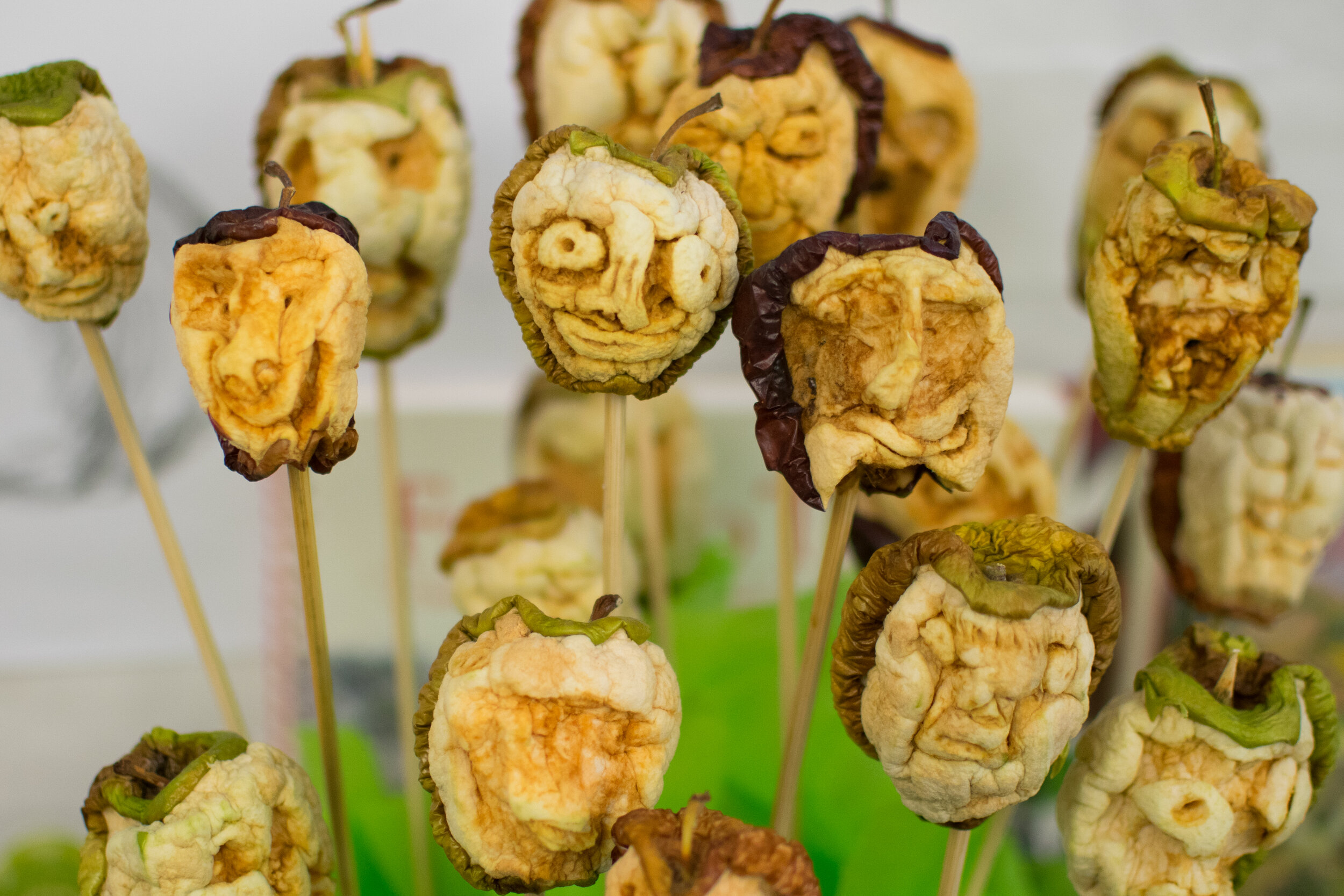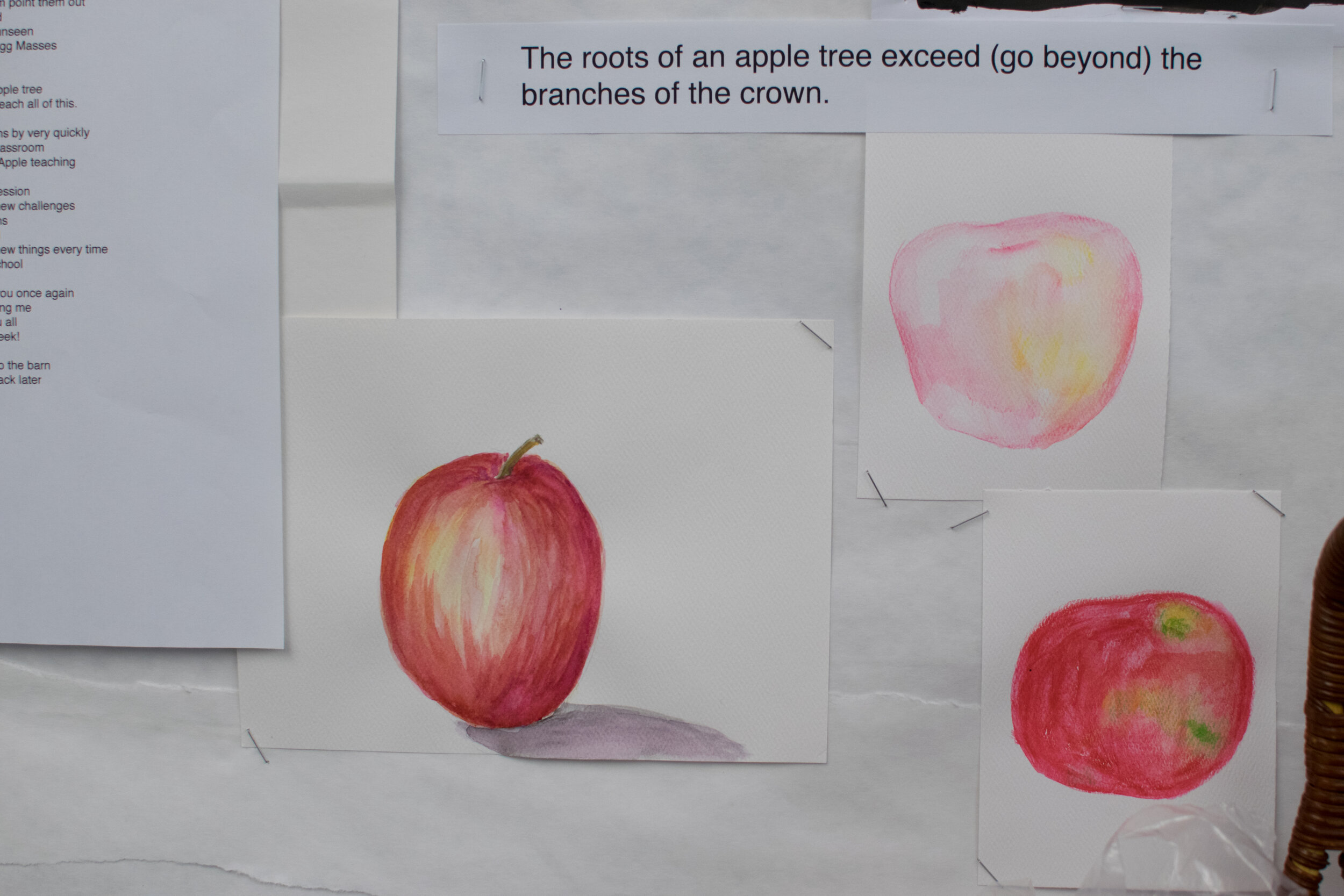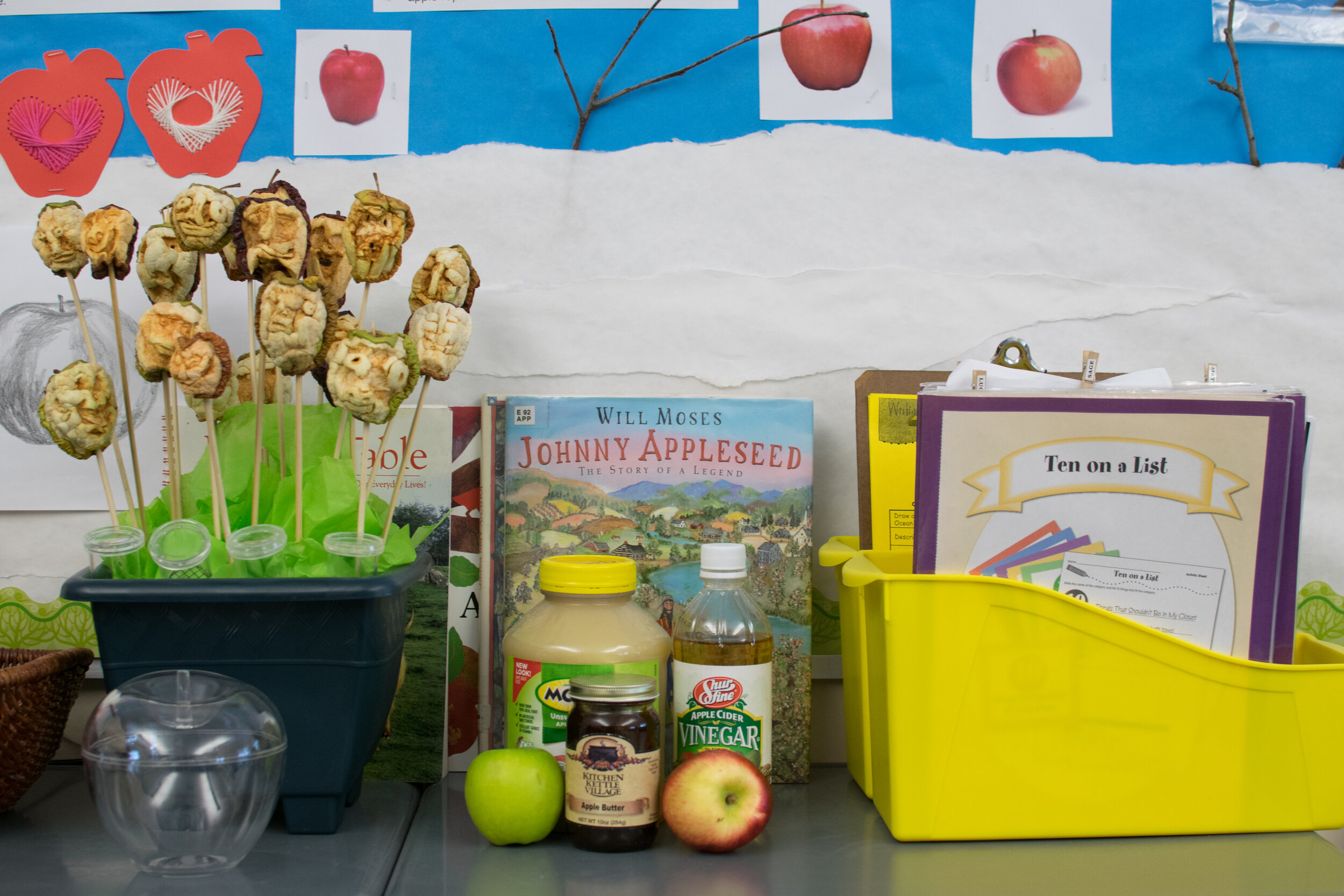Harvest Unit
In the Harvest Unit students will study local farming, the history of agriculture, and learn how this industry connects to our local economy. Students may connect with local farmers to learn sustainable farming practices and how to grow and harvest crops. Students may sketch at the farm or create their own garden for inspiration. Students will integrate scientific illustration and informative writing as they create works of art and informative text.
This unit is inspired by the work of students, educators, museum educators, and teaching artists in the Stories of the Land and Its People program.
Vocabulary:
Shape
Color
Size + Scale
Composition
Texture
Scientific Illustration
Sculpture
Contrast
Pointillism
Curricular Connections:
Scientific Illustration
Agriculture
Environment / Conservation
Quantitative / Qualitative Research
Descriptive Writing / Informative Writing
Sensory Writing / Poetry
Economy
History
Farnsworth Collection:
Notice these works of art in the Farnsworth collection for inspiration! What do you see?
Interactive Film:
Move like a farmer with teaching artist Matt Curtis in this Art + Movement activity!
Eliot Porter, Hawkweed in Meadow, Great Spruce Head Island, Maine 1968 from “In Wildness” Portfolio, 2017.18.3
Activity:
Notice: Notice works of art in the Farnsworth collection to practice scientific illustration. What do you notice about color and composition? How does the artist achieve texture and detail?
Create: Focus in on a particular area within the composition of a painting or photograph to sketch. Try to illustrate every detail. For example, illustrate every blade of grass and flower you see in a section of this photograph by Eliot Porter.
Reflect + Share: Share your sketch with a classmate. Can other students identify the precise section of the artwork you focused your attention on? Give and receive feedback on your drawings. How can you improve? What was successful?
Activity:
Create: Create a color wheel! Review primary and secondary colors and keep your wheel as an important reference throughout the project.
Reflect + Create: Consider how color can help create dimension. Draw a circle and practice creating dimension with highlighting and shading techniques. How can you make a “flat” object appear “round?”
Create: Continue to explore with color as you begin to illustrate more advanced objects!
Activity:
Create: Create your own scientific illustration journal. Use watercolor paper so that you may paint directly onto your journal as you learn. Card stock or a thicker weight paper for the cover will help provide a hard surface for documenting your work in the field.
Expedition: Go for a nature walk and document what plants you find. You may wish to bring a magnifying glass with you!
Interactive Film:
Create a sketch book with teaching artist Tara Morin!
Activity:
Expedition + Curricular Connections: Visit a local farm to learn more about farming. Interview a farmer and document your experience with sketches and photographs. Research more information back in the classroom.
Notice + Connect: Study a crop you would find in a garden or orchard. Notice the specimen or a photograph of a specimen as source material for your scientific illustration and research.
Connect: After studying a similar specimen together, encourage your students to “adopt a crop” of their choice to learn about. What are common features? What differs?
Create: Scientifically illustrate and identify your crop. Add details and research the scientific name. When is the best time to harvest your crop? What are important growing instructions? Create detailed or magnified drawings of specific areas of the object or draw the whole object.
Create: Using recycled materials, create a 3-dimensional sculpture of your crop.
Reflect on your expedition at the farm or in your garden as you illustrate. What details and sensory language can you include in your scientific illustrations?
Activity:
Notice: Notice works of art that depict farmlands. How has the land changed over time? For example, what do you notice about the landscape of this work of art by Jonathan Fisher painted in 1824? Consider what impacts farming may have on a local ecosystem. How does farming support a local economy and settlement? How do these settlements impact the original stewards of the land, both historically and today?
Jonathan Fisher, A Morning View of Blue Hill Village, 1824, 1965.1465.134
Activity:
Create: Create works of art that highlight the connection of plants and people. Stories students were inspired by a local apple orchard and created an apple tree display using a technique called “pointillism.”
Childe Hassam, Union Square in Spring, 1900, 98.16.4
Consider how small marks like “points” in pointillism can build to create depth and dimension in a composition. Notice this work of art by Childe Hassam for inspiration!
Stories students examine pumpkins to practice pointillism.
Gallery of Student Work:










































Activity:
Reflect: Consider the symbiotic relationships of crops in their local habitat. How do insects and arachnids impact your plant? What role does your plant play in pollination?
Insect and Arachnid sculptures by 7th grade students in the Stories Program
Symbiotic sculptures by 7th grade students in the Stories Program
Pollinators and Harvest sculptures by 4th grade students in the Stories Program
Scientific Illustrations by 4th and 7th grade students in the Stories and Units Programs
Pollinators are essential to our environment. Consider the symbiotic relationships of your crops.
Explore the Symbiosis Unit and the Botany Unit to make more connections to plants and pollinators.
Activity:
Create a coloring book with your scientific illustrations! Trace your lines and transfer them to a fresh sheet of paper to scan and make copies for others.
Stories students created an insect and arachnids coloring book! Click on the button to download.
Interested in taking a closer look at bugs? Explore the activities in the Insects + Arachnids Unit.
Share a photo of your art projects by emailing edassistant@farnsworthmuseum.org.
Stories of the Land and Its People
The Stories of the Land and Its People program encourages student participants to learn about people and places in their community. For more student project examples, visit our Student Exhibitions page.
Developed by:
Andrea Curtis, Museum Educator
Farnsworth Art Museum
Kelly Briggs, Teaching Artist
Farnsworth Art Museum
Coral Coombs, Classroom Educator
Farnsworth Stories Program
Matt Curtis, Teaching Artist
Farnsworth Art Museum
Karen Talbot, Teaching Artist
Farnsworth Art Museum
Contributor(s):
Jackie Cooper, Art Educator
Farnsworth Stories Program
Claire Horne, Education Project Assistant
Farnsworth Art Museum
Developed by Andrea L. Curtis, Farnsworth Art Museum, Arts in Education Program, 2021







































